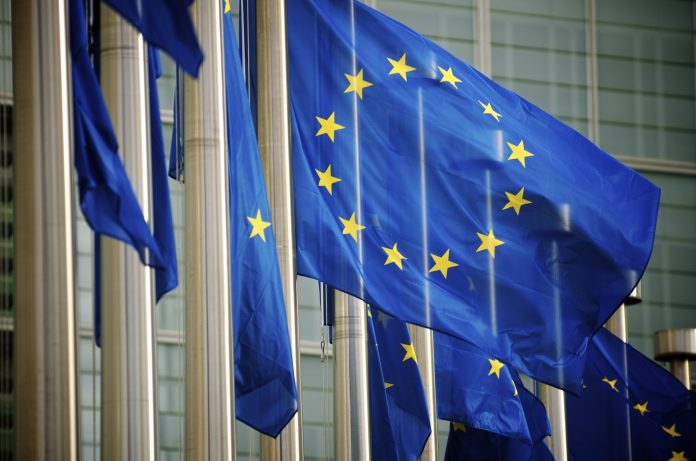José Antonio Moreno Díaz, EESC member and Co-rapporteur for the EESC opinion on Multiannual strategic policy for European integrated border management says the EU needs shared border management that guarantees human rights
The incorporation of the Schengen intergovernmental agreements (1985 and 1990) through the Amsterdam Treaty in 1999 led to the “communitisation” of the concept of a common internal EU area of security and justice, but also a common external border.
It is necessary to coordinate common mechanisms for managing the EU’s external borders and common protocols for surveillance and control practices. To that end, Frontex was set up in 2004, becoming the European Border and Coast Guard Agency in 2016, with the intention of helping EU Member States to “protect” the internal area of free movement.
The lack of efficient common mechanisms has led to serious mismanagement in the EU Member States, especially concerning managing the arrival of people at the external borders seeking international protection (irregular refusals/returns, illegal expulsions, failure to aid and rescue, etc.). This mismanagement has also affected Frontex’s credibility as a guarantor of people’s rights at the external border, including territorial waters.
EU’s external borders
Therefore, at the extraordinary meeting of the European Council on 9th February 2023, the importance of ensuring effective control of the EU’s external borders was reiterated as part of the comprehensive approach to migration. In response to this request, the European Commission presented a Communication establishing the strategic policy for European integrated border management (EIBM) as the first instrument to develop a shared framework and guidance for the effective implementation of EIBM for 2023-2027.
EIBM seeks to steer the work of the Member States’ national authorities responsible for border management and Frontex itself. At the operational level, this strategy is the common framework that should guide the work of more than 120,000 Frontex and Member State border guards to achieve effective and efficient EIBM.
Integrated management of common external borders
The ultimate objective of the integrated management of common external borders is to enhance the EU’s internal security while respecting fundamental rights and safeguarding the necessary guarantees for the free movement of people within the EU.
From the outset, we regret that EIBM reinforces the narrative that turns immigration and asylum into potential risks for the EU. Considering irregular immigration as a threat on the same level as human trafficking, arms trafficking, or terrorism is totally unacceptable. It distorts and contaminates the responses given to people seeking irregular access to EU territory, who may need international protection.
Fundamental rights monitors
In any case, implementing these strategic guidelines, in all their complexity, must rest primarily on the existence and work of fundamental rights monitors within Frontex, led by a Fundamental Rights Officer. (1) To have a real impact, the fundamental rights monitors must be in sufficient numbers, well-qualified, autonomous, and present in all relevant locations, including border sites.
The Fundamental Rights Strategy should be revised to include tangible objectives related to the work and impact of the fundamental rights monitors. Respect for fundamental rights is a legal obligation for all EU and national institutions and should be treated accordingly.
Unfortunately, the strategy fails to specify the commitments of national border institutions, leading to serious negative consequences: very few details are given about the fundamental rights safeguards, procedures, responsibilities, and capacities. The Commission must, therefore, use the EIBM framework to require from each Member State a fundamental rights plan in the area of border management, mirroring and complementing that which guides Frontex’s work.
Establish a genuine Common European Asylum System
We must keep insisting on the need to set up a genuine Common European Asylum System that is effective, safe, secure, common, and mandatory for the 27 Member States while reaffirming that legal, safe, and effective access channels should be provided for immigration for work purposes.
As long as we continue to insist on a false idea of the so-called “Fortress Europe”, migratory flows will seek forms of access which, unfortunately, in many cases will not be legal.
Reference
- The European Border and Coast Guard Agency Fundamental Rights Strategy, February 2021.
Contributor Details
Editor's Recommended Articles
-
Must Read >> Climate diplomacy in EU foreign affairs
-
Must Read >> Fighting energy poverty in the EU














